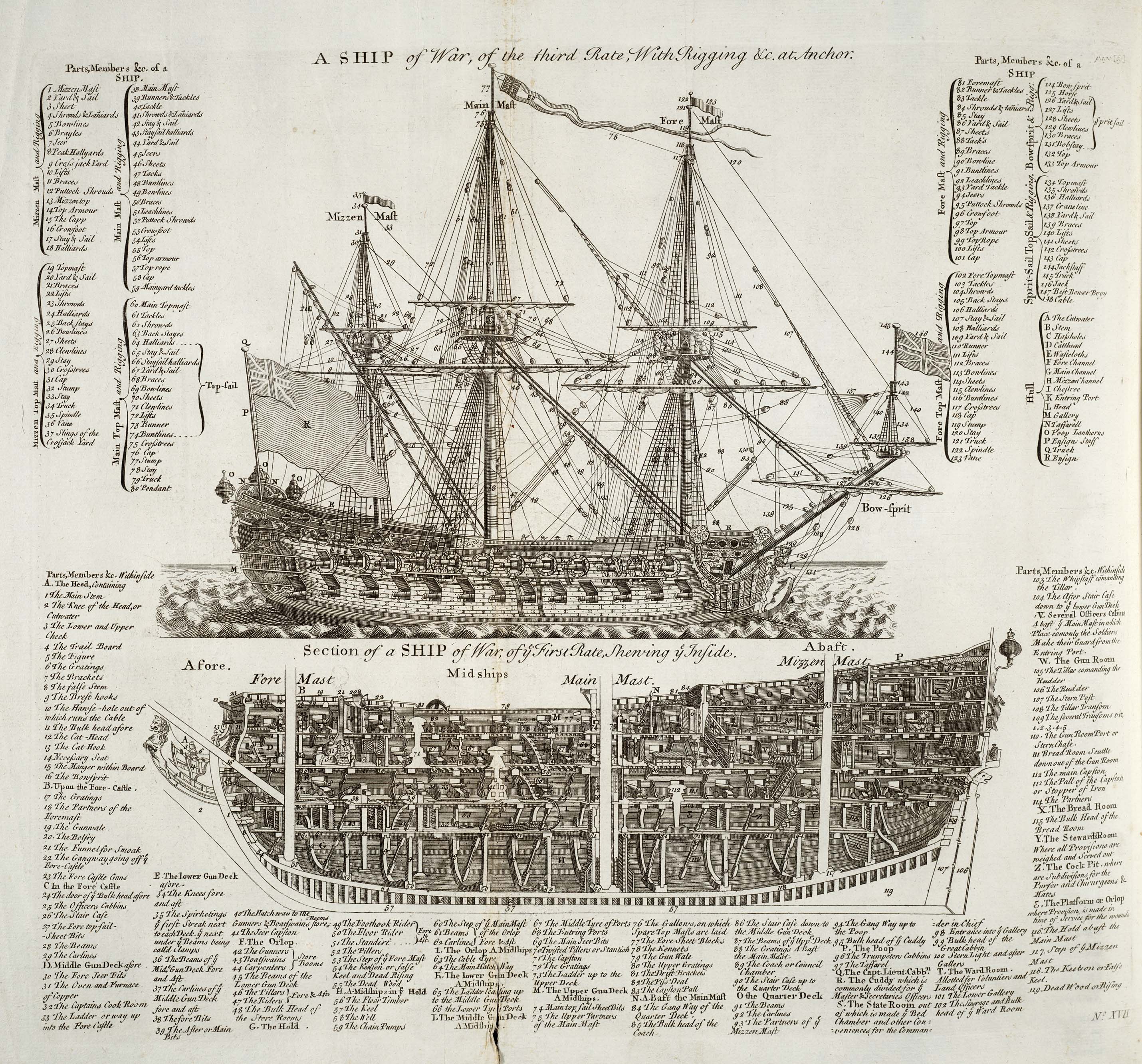|
Michael (ship)
Michael is the name of several ships. *'' Great Michael'', also called ''Michael'', a 16th-century carrack great ship of the Kingdom of Scotland, launched 1511 *''Michael'', a 15th century Scottish ship captured by the English and becoming part of the English Navy in 1488 *, a Greek cargo ship in service from 1959 *, a CAM Ship sunk on her maiden voyage in 1941 See also * Ma'agan Michael Ship, a 5th century BCE ship discovered off the coast of Kibbutz Ma'agan Michael, Israel * * {{shipindex ... [...More Info...] [...Related Items...] OR: [Wikipedia] [Google] [Baidu] [Amazon] |
Great Michael
''Michael'', popularly known as ''Great Michael'', was a carrack or great ship of the Royal Scottish Navy. She was the largest ship built by King James IV of Scotland as part of his policy of building a strong Scottish navy. She was ordered around 1505 and laid down in 1507 under the direction of Captain Sir Andrew Wood of Largo and the master shipwright Jacques Terrell, launched on 12 October 1511 and completed on 18 February 1512. She was too large to be built at any existing Scottish dockyard, so was built at the new dock at Newhaven. When ''Michael'' was launched she was the largest ship afloat, with twice the original displacement of her English contemporary ''Mary Rose,'' which was launched in 1509 and completed in 1510. The poet William Dunbar wrote of her construction: Translation from Middle Scots: The chronicler Lindsay of Pitscottie wrote of the building of ''Michael'' that "all the woods of Fife, except Falkland wood, besides all the timber that was ... [...More Info...] [...Related Items...] OR: [Wikipedia] [Google] [Baidu] [Amazon] |
Carrack
A carrack (; ; ) is a three- or four- masted ocean-going sailing ship that was developed in the 14th to 15th centuries in Europe, most notably in Portugal and Spain. Evolving from the single-masted cog, the carrack was first used for European trade from the Mediterranean to the Baltic and quickly found use with the newly found wealth of the trade between Europe and Africa and then the trans-Atlantic trade with the Americas. In their most advanced forms, they were used by the Portuguese and Spaniards for trade between Europe, Africa and Asia starting in the late 15th century, before being gradually superseded in the late 16th and early 17th centuries by the galleon. In its most developed form, the carrack was a carvel-built ocean-going ship: large enough to be stable in heavy seas, and capacious enough to carry a large cargo and the provisions needed for very long voyages. The later carracks were square-rigged on the foremast and mainmast and lateen- rigged on the mizzenma ... [...More Info...] [...Related Items...] OR: [Wikipedia] [Google] [Baidu] [Amazon] |
Great Ship
The rating system of the Royal Navy and its predecessors was used by the Royal Navy between the beginning of the 17th century and the middle of the 19th century to categorise sailing warships, initially classing them according to their assigned complement of men, and later according to the number of their carriage-mounted guns. The rating system of the Royal Navy formally came to an end in the late 19th century by declaration of the Admiralty; rating ships by the number of guns had become obsolete with new types of gun, the introduction of steam propulsion and the use of iron and steel armour. Origins and description The first movement towards a English naval rating system began in the early 16th century, when the largest carracks in the Tudor navy, such as ''Mary Rose'', ''Peter Pomegranate'' and '' Henry Grace à Dieu'', were denoted as "great ships". This was due only to their size, not to their weight, crew or number of guns. When these carracks were superseded by gal ... [...More Info...] [...Related Items...] OR: [Wikipedia] [Google] [Baidu] [Amazon] |
List Of Early Warships Of The English Navy
A list is a set of discrete items of information collected and set forth in some format for utility, entertainment, or other purposes. A list may be memorialized in any number of ways, including existing only in the mind of the list-maker, but lists are frequently written down on paper, or maintained electronically. Lists are "most frequently a tool", and "one does not ''read'' but only ''uses'' a list: one looks up the relevant information in it, but usually does not need to deal with it as a whole".Lucie Doležalová,The Potential and Limitations of Studying Lists, in Lucie Doležalová, ed., ''The Charm of a List: From the Sumerians to Computerised Data Processing'' (2009). Purpose It has been observed that, with a few exceptions, "the scholarship on lists remains fragmented". David Wallechinsky, a co-author of ''The Book of Lists'', described the attraction of lists as being "because we live in an era of overstimulation, especially in terms of information, and lists help us ... [...More Info...] [...Related Items...] OR: [Wikipedia] [Google] [Baidu] [Amazon] |



